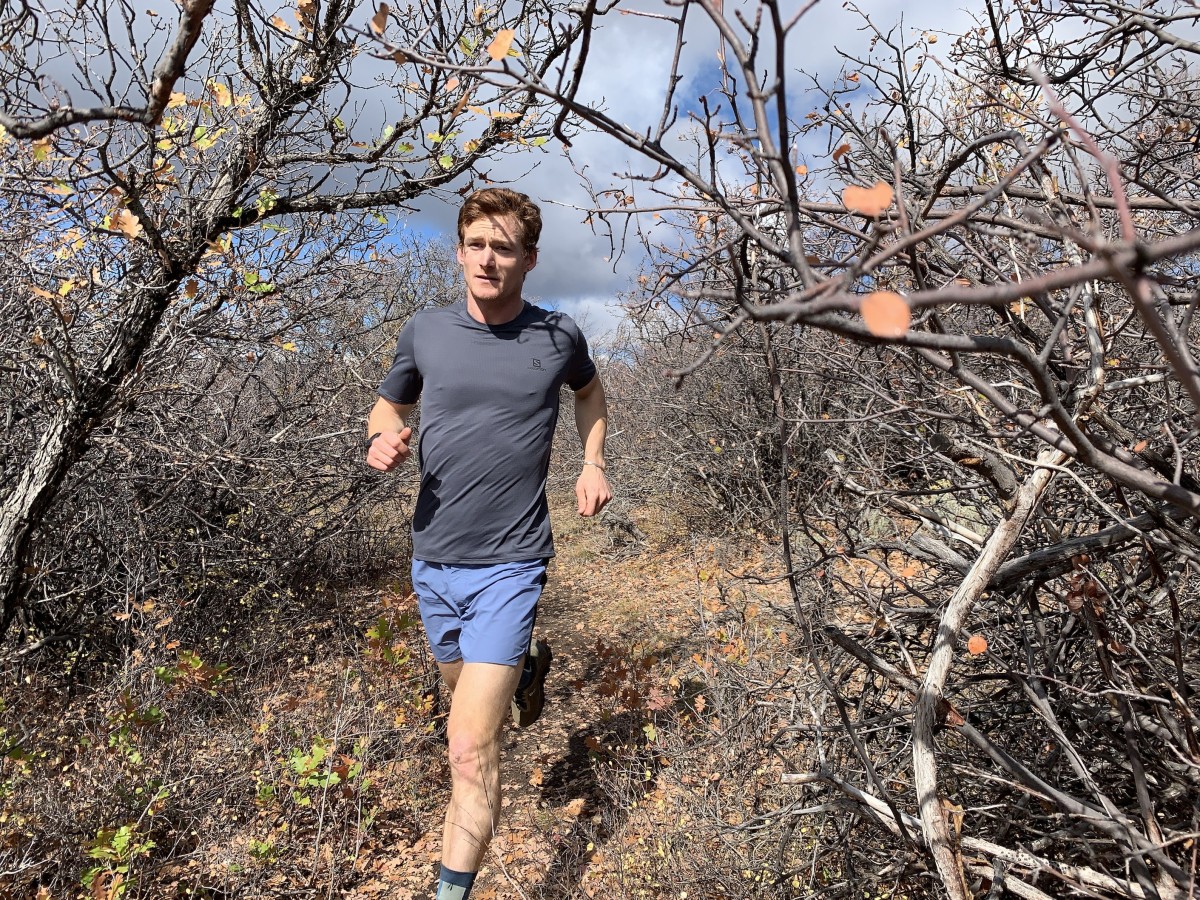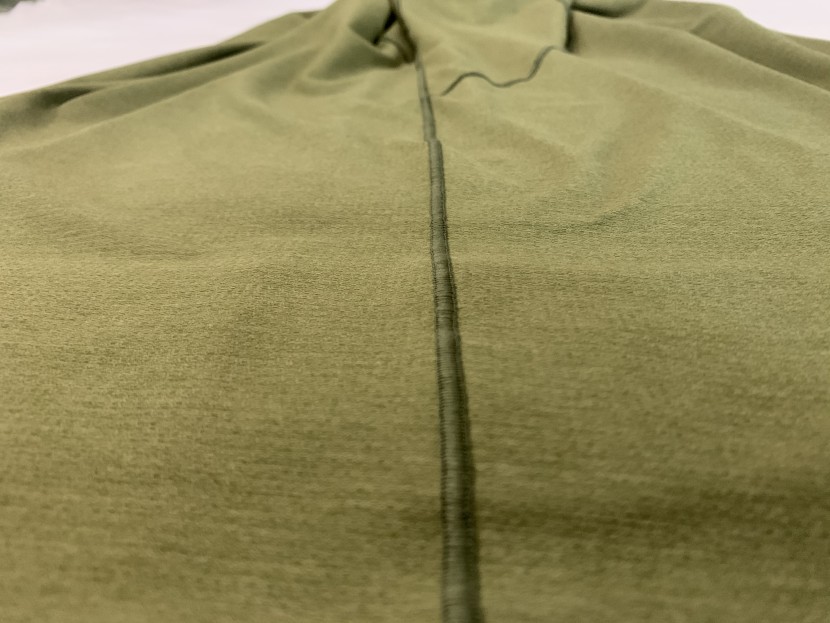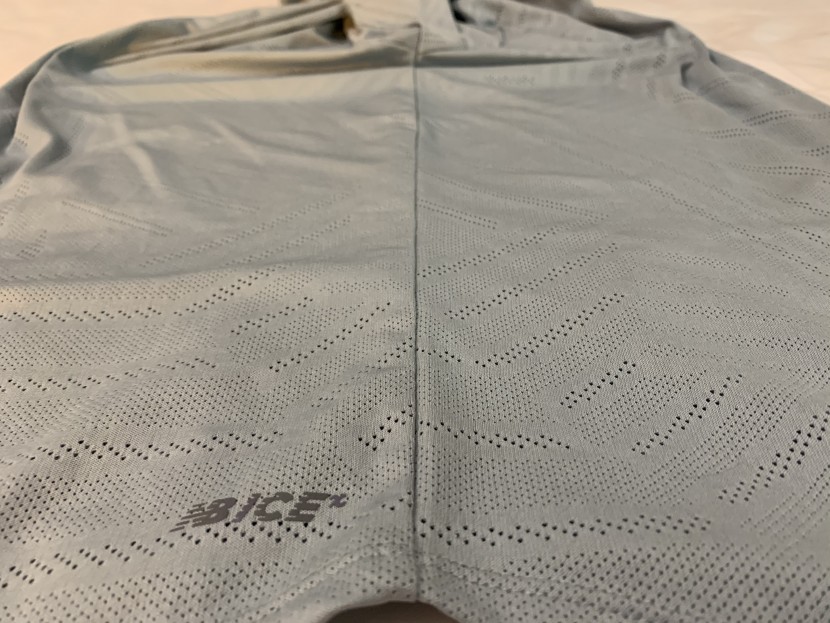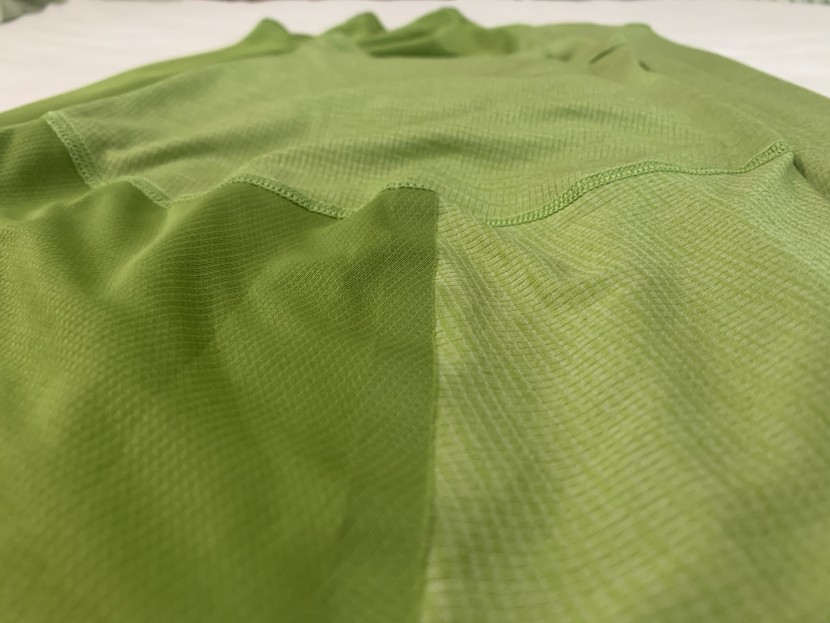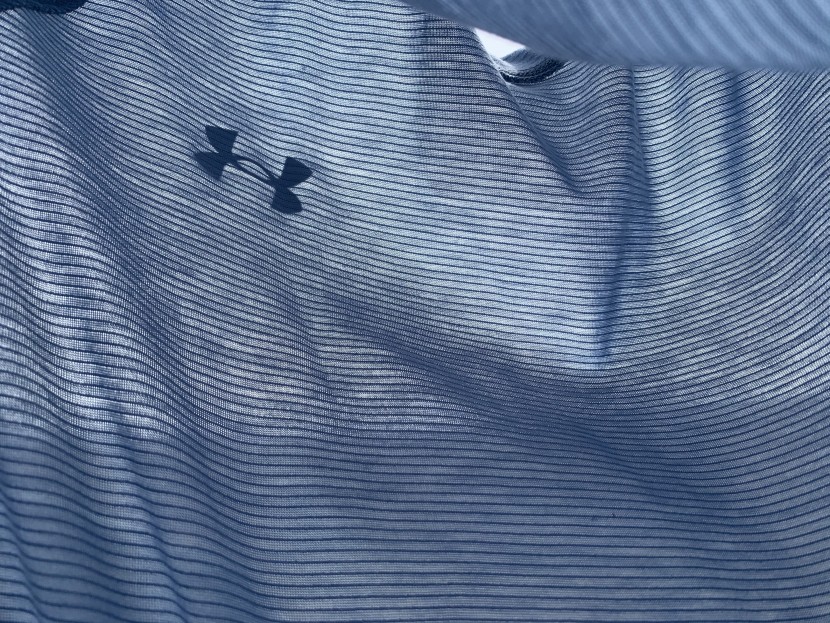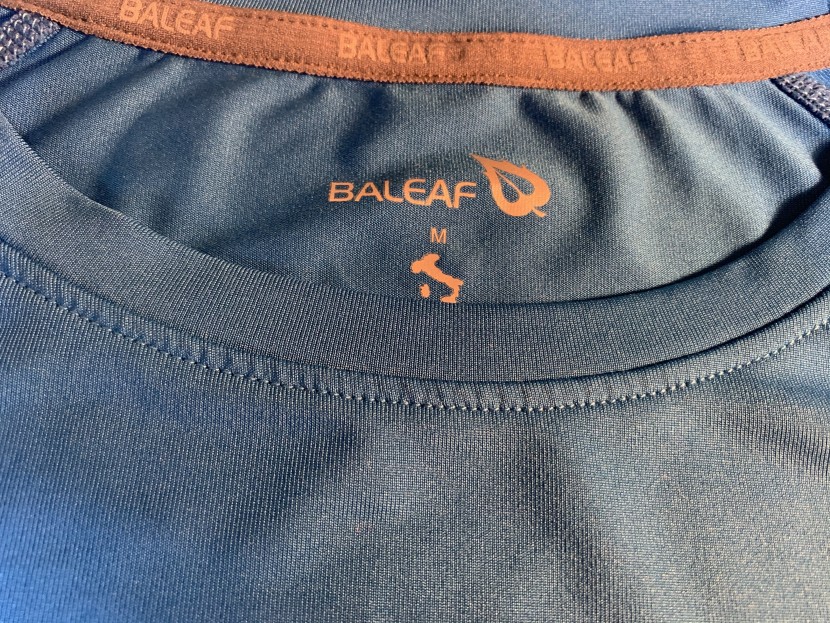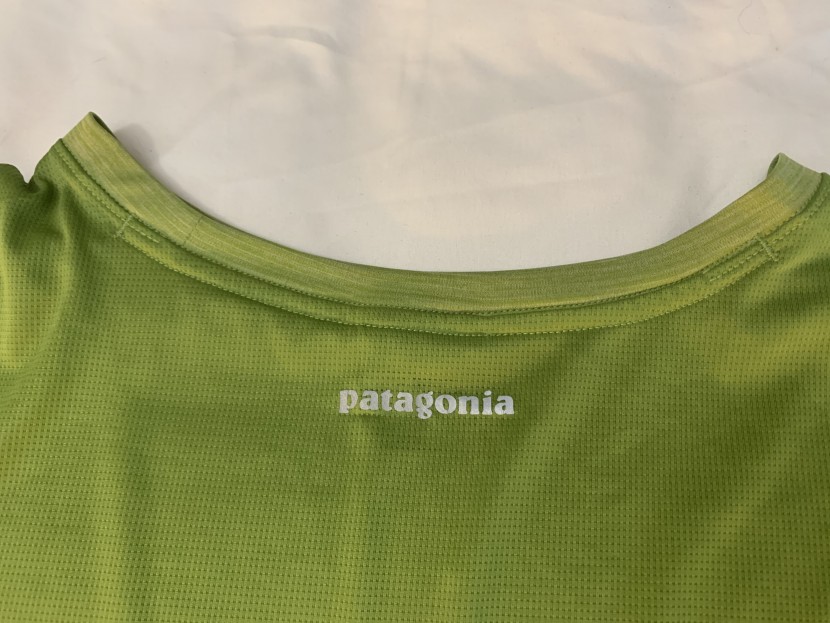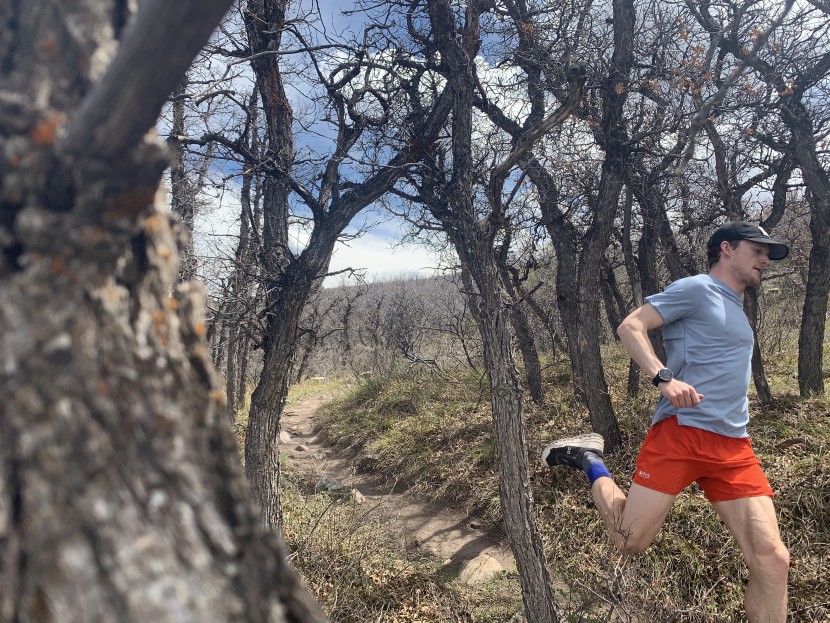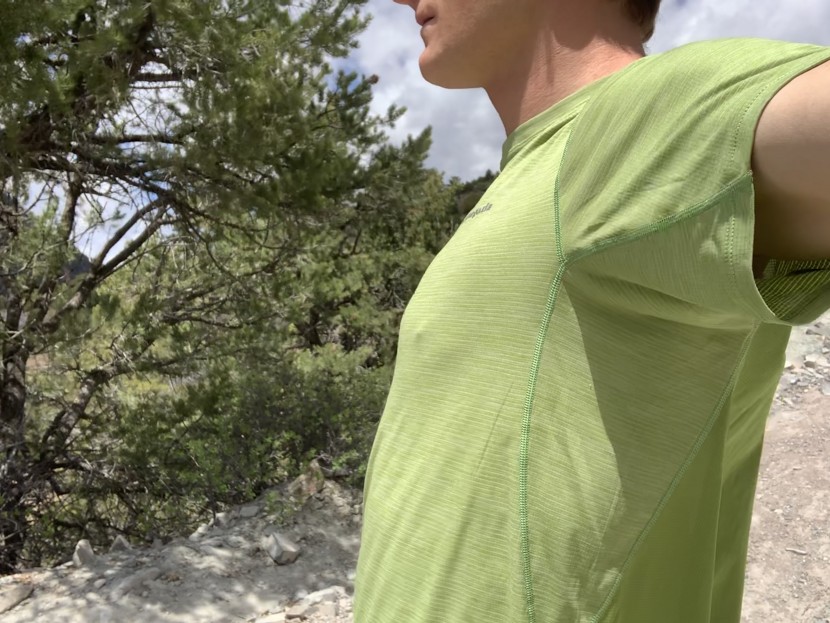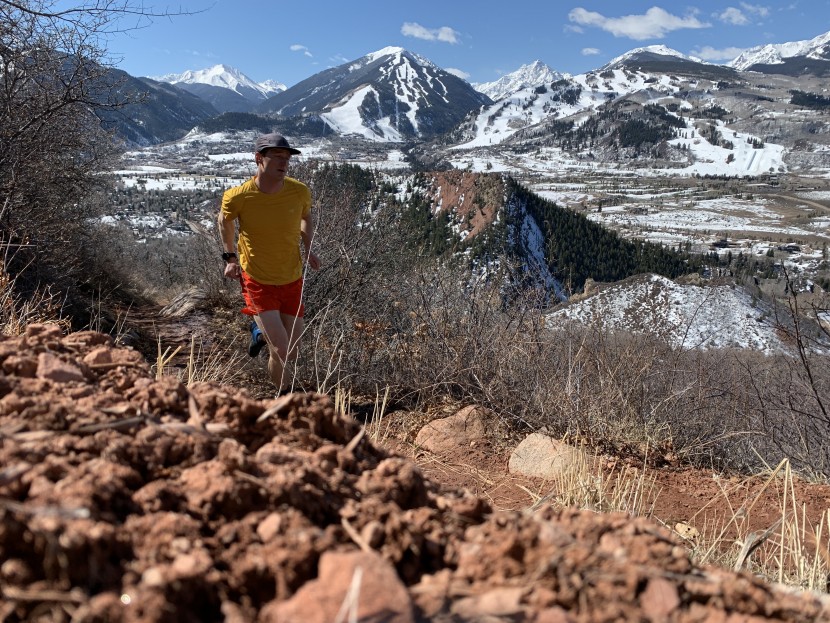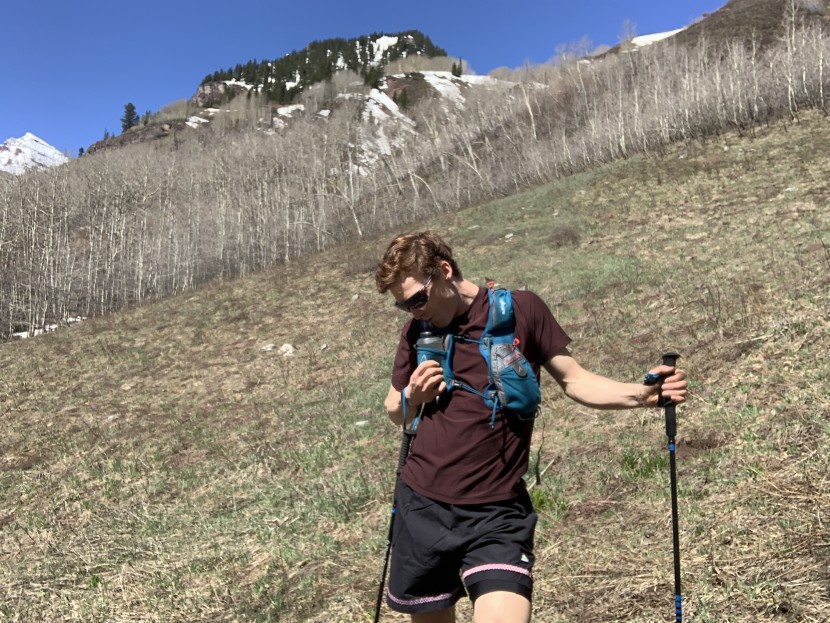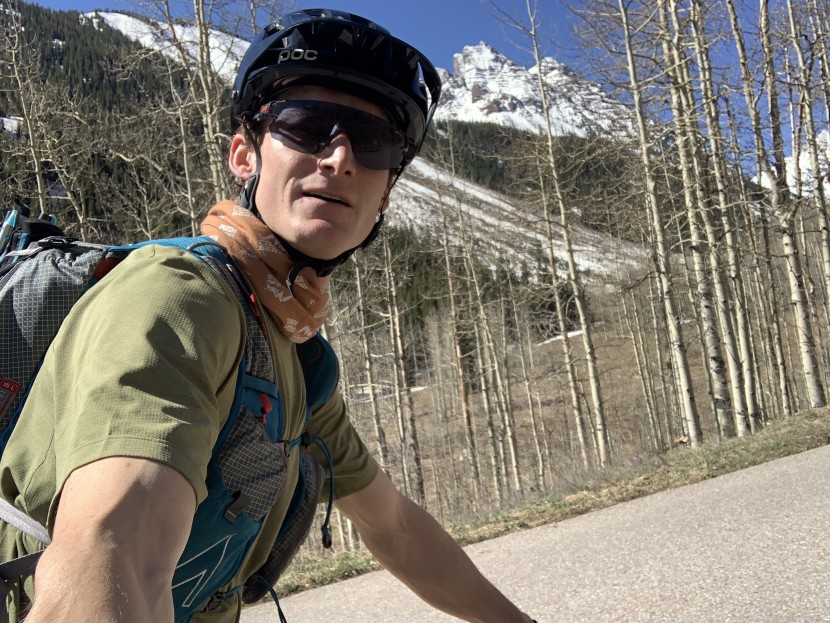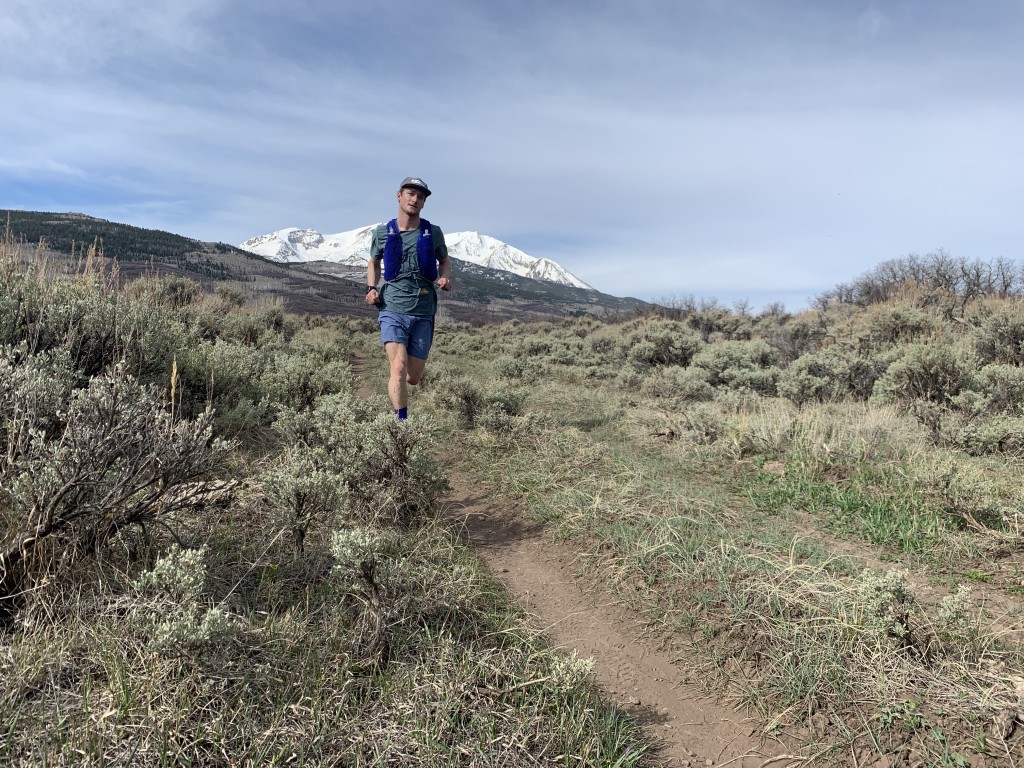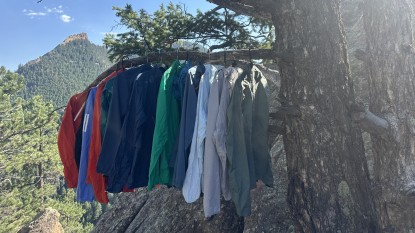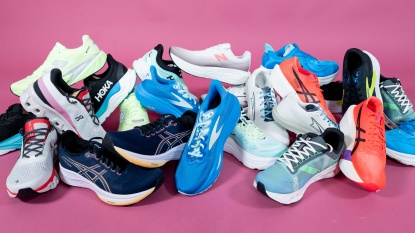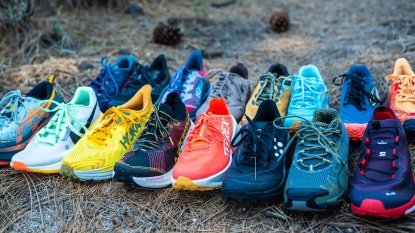Choosing a running shirt is relatively easy. All of the shirts in our review are comfortable, fit great, effectively keep one cool while working hard, and have appropriate running-related features. So, how do you decide which option is right for you? This buying advice can highlight subtle differences, including fabric types, seam sewing, breathability, and features that can help you pick the best option for your needs and budget.
Comfort
Like any piece of clothing, comfort is ultimately the most important thing to consider when buying a running shirt. During our extensive field testing, combined with a close study of each shirt, we determined that comfort is largely a product of three design elements: type of seam stitching, type of fabric, and fit. Stretch is a factor that plays into all of these elements of comfort as well.
Types of Seam Stitching
A shirt is made of fabric shapes sewn together. Where the pieces join is called a seam, and how these seams are joined has a significant role in perceived comfort. Simply put, you may not notice the seams of your shirt sitting at your desk or in your car, but the repetitive movements involved in running can create irritation.
Flat Lock Seams
We start with this type of seam because it is by far the most common. Flatlock seams are where two pieces of fabric abut against each other and are then sewn together flat, without overlap. This is the most common type of seam sewing for outdoor clothing because it is among the lowest-profile, leaving less material for rubbing. The location and number of seams can affect comfort level. For instance, seams that ran across the back of the shoulders were particularly noticeable while running, while seams on the side of the torso tended to hang loose and weren't very noticeable. Gusseting these particularly problematic areas seems to have caught on with the more comfort-oriented shirt designers.
Overlock Seams
Overlock seams are far more common in traditional clothing manufacturing, but because they are higher profile, they have the potential to irritate or chafe more than flatlock seams. These seams are where the two pieces of fabric abut each other and are folded together, then sewn. On the outside, the seam looks nice with no stitching visible, but on the inside, there is a hanging tab of fabric where it was sewn, in stark contrast to the flatness of the flatlock.
Taped Seams
Taped seams are seams where an adhesive application is used to glue or tape the seam together, and no stitching is present. These seams are far and away the most comfortable against the skin, especially when running, because there is no protrusion to rub against. It is worth mentioning that while more comfortable, taped seams are also more delicate.
Beyond the type of seam stitching used, we noticed over time and after many days of testing that the kind of thread used to stitch the seams together also varies. Additionally, the direction of the stitch “grain” is also essential.
Types of Fabric
Fabric type is the second most important aspect of a running shirt's comfort. M
Polyester
Most running shirts are primarily polyester and blended with a form of spandex. Polyester is a synthetic chemical compound derived from oil and is not considered a natural fiber. It is very durable and easily retains its shape, making it a good choice for outdoor clothing. It typically has a smooth, slippery texture and can be formed into an almost unlimited variety of fiber thicknesses and weaves. Polyester is also non-absorbent, meaning it will not absorb water or sweat, so it is extremely fast drying. Being able to dry quickly aids in the ability of polyester fabrics to cool you down when you become sweaty. They are also valued for cold-weather activities because they will not keep you wet for long.
Merino Wool
While we have used shirts made from merino wool in the past with no issue, they can be itchy for some, and they tend to disintegrate after a thousand miles of running. However, some wool/synthetic blends are more durable and have no itch. Comfort is a top priority. Personal skin sensitivity can make a huge difference in the feel of fabric. Merino wool is a natural, wicking fiber that insulates when wet, as well as naturally protects against odor.
Breathability vs. Drying Speed
Assessing shirts for breathability and drying time is essential. While similar, each plays a slightly different role in how well a shirt manages the challenges of running to keep you cool and dry.
Breathability refers to a shirt's ability to efficiently allow airflow through its fabric so that sweat can remain in vapor form while passing from the inside to the outside air. Shirts with mesh paneling or very thin fabrics that allow air to be easily transferred can translate into more comfortable running.
Drying Speed includes two factors, wicking and water absorption. Wicking is the ability of a fiber to move sweat from the inside, through the shirt, to the outside, where it can dry quickly, as it is exposed to wind and sunlight. This can happen due to differences in the size and shape of fibers on the inside vs. outside of the shirt, or mechanically by fibers that are capable of absorbing water on the inside, where it can be pulled through the fiber by the evaporative action on the outside. Some fibers have natural wicking properties, like merino wool, while others use weaves to help promote wicking. Water absorption (or retention) is also a critical component of how quickly a shirt can dry. Fibers like nylon and wool can absorb water, unlike polyester. However, different weaves of polyester can retain water by trapping the molecules in their matrix, and both situations lead to slower drying times.
Of course, whether we use the terms “breathability” or “drying time,” we are really talking about how effectively a shirt keeps the wearer cool. The faster the evaporation, the greater the cooling effect.
Features and Versatility
Features are the little extra add-ons that go a long way toward differentiating shirts from each other and contributing to the experience of wearing the shirt. Features often dictate a shirt's versatility and durability. Running shirts have only a few things that can reasonably be done to boost the shirt's value without compromising its function. The three main features that help boost versatility are reflectivity, odor control, and UPF ratings.
Reflectivity
To increase night visibility, many running shirts include reflective tabs or logos. While these reflectors are not strictly necessary, they are a nice addition for those who like to run in the dark.
Odor Control
Most of the shirts we tested have natural odor protection (like merino fabrics) or a proprietary odor control additive in the fabric. These all worked relatively well, but the natural, merino wool was the best. If you remember polyester shirts from the past, they would hold onto odor to the point where it almost couldn't be washed out. While some of the tested shirts retained odor more than others, we suspect many of these odor protection additives effectively help.
UPF Ratings
Some shirts have UPF ratings. UPF stands for Ultraviolet Protection Factor and is comparable to sunscreen's SPF rating. Some manufacturers use special fabrics or dyes to boost a product's UPF rating. If a shirt has a UPF rating of 30, that means that only one-third of the ultraviolet light rays are reaching your skin.
What about the shirts with no rating? All clothing protects the wearer somewhat; average protection is rated between 8 and 15 UPF. However, clothing is not allowed to advertise its UPF rating unless it is measured at 15 or above, so those products with a rating have been specially designed to give you extra protection.
The Decision Making Process
Trying to decide between the various running shirts is easier if you ask yourself a few questions to help narrow down the field. The best place to start is what kind of runs you plan to undertake, and where you intend to wear your shirt.
Running
Running shirts incorporate specific and intentional materials, construction, and design choices to create a shirt that can help you comfortably manage movement, heat, and sweat while exercising.
Hot Weather
For running in warm or hot weather, you will likely want a shirt that performs well for breathability and drying time, as these factors help you cool down the quickest through sweat evaporation. A shirt that features large amounts of mesh paneling to aid in air permeability is also a great choice.
Ultra or Adventure Running
Ultra or long adventure runs usually include wearing a running vest or a light pack to carry essentials. Most shirts will work fine for long runs, but those without mesh on the back and shoulders will probably last longer, as a pack's repeated bouncing and jostling can quickly wear through mesh designs. Fit is also critical for a long, enduring effort. If there is any discomfort or chafing on a shorter run, it will only be exacerbated with greater distance, increased sweat, and the changing weight of a hydration pack.
Hiking or Backpacking
Technical running shirts work great for hiking, backpacking, or climbing as well! We often wear them in this capacity, and once again, we caution against wearing a pack for too long in conjunction with a shirt made mostly of mesh that might not be able to withstand the abuse.
Working Out at the Gym
Running shirts are also ideal for working out at the gym. Indeed, some of the most affordable shirts in our review handle the sweat and intensity of gym workouts very effectively.
As a Base Layer
When skiing, ice climbing, or participating in any cold-weather activity, we like having a breathable, durable T-shirt as a base layer. Polyester weaves allow warmer top layers to slide on easily without bunching. Durability and a sleek, athletic fit are the two main attributes to covet if you plan to wear your running shirt as a base layer.
Conclusion
This article breaks down the details and attributes that make up the best running shirts. The goal is that these details can help you find the perfect running shirt for the kind of running you do, the climates where you run, and the activities you perform outside of running.

